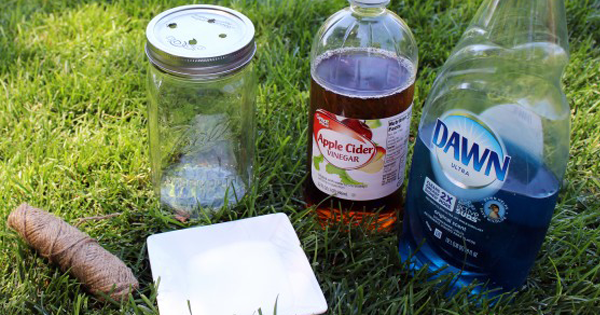Advertisement
In the last few years, it seems like going “gluten-free” has been the hot new trend amongst dieters. Some people swear it’s the healthiest way to lose weight, while others think the diet is way too much trouble to even try.
Like any other fad, the gluten-free diet has its critics—especially from those who believe it should remain a special diet for people with celiac disease.
Whether you have to avoid gluten because you’re a celiac, you think you may be gluten intolerant, or you just want to shed a few pounds, here are 5 things you should know about gluten:
- Gluten may not be the only link to celiac disease: While gluten is the primary type of protein in wheat, a recent study from researchers at Columbia University found that other proteins may also trigger symptoms in people suffering from celiac disease. During the study, the researchers noted that a substantial number of subjects with the disease had an immune reaction to five groups of non-gluten proteins. Of course, this doesn’t mean gluten isn’t the problem—it just suggests that it’s not the only one.
- Gluten-free fast food may not be safe for those with celiac: Even though going gluten-free has suddenly become a weight-loss diet, many people actually suffering from celiac disease would love nothing more than to sink their teeth into a Big Mac. That’s why it’s so confusing to hear commercials for fast-food chains, like Pizza Hut and Domino’s, offering gluten-free pizza crust. The main issue is that this food is still prepared in the same kitchen as the foods that do contain gluten. Because of the cross-contamination risk, gluten-free fast food is not considered to be safe for people with celiac disease. Watch out for these items on menus at chains, like Arby’s, Chik-fil-A, Wendy’s, and Burger King.
- You can get gluten-free junk food: Cutting gluten out of your diet may help you lose weight, but gluten itself is not the main reason. Think about it: What do you cut out when you go gluten-free? Carbs! Bread, pasta, beer—these are all carb-heavy foods, so it’s pretty safe to assume that taking the gluten out of them won’t be your ticket to a smaller weight line. But for people actually suffering from celiac disease or gluten intolerance, here is some great news: Gluten-free junk food is everywhere. Yes, you can buy cookies, crackers, pizza, and even beer without gluten!
- Gluten-free labels are now standardized: Believe it or not, the actual term “gluten-free” hadn’t been regulated by the U.S. Food and Drug Administration until recently. Since the FDA’s ruling last August, manufacturers can only use the term on products containing less than 20 parts per million of gluten. This is both good news and bad news for people with celiac disease. On one hand, now that the term has been defined and regulated, it’s easier for those with celiac to find gluten-free foods. On the other hand, the standardized meaning does not necessarily mean something is 100% gluten-free. However, clinical studies have determined that achieving 0 parts per million is not needed to prevent symptoms in people with celiac disease. That said, people with celiac disease may have bad reactions to some foods labeled “gluten-free,” depending on what/how much they’re eating.
- Food sensors will soon be available: A new technology designed to test foods for allergens will also be effective in detecting gluten. According to TechCrunch, the $150 portable sensor device is in development from 6SensorLabs. Users will be able to insert the sensor into foods to detect whether or not they’re safe to eat. This could end up being a real life-saver for people suffering from celiac disease, but it’s not yet known if it will work on all foods.
What do you think about this? Comment and let us know!
Photo Copyright © 2011 Damien Pollet/flickr




